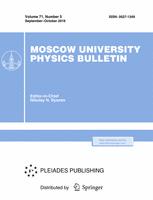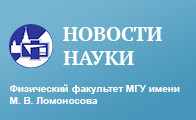В этой статье мы исследуем возможности детектора прямого черенковского света на разрабатываемой в данный момент установке СФЕРА-3 для задачи разделения широких атмосферных ливней по массе первичной частицы. Для этого мы изучаем угловые распределения света в детекторе и выявляем различия в их форме для ядер водорода, азота и железа. Форма распределений анализируется несколькими способами: введением пороговых значений и аппроксимацией двумерным распределением Гаусса. В качестве параметра разделения по массе используется большая ось распределения. Мы сравниваем эффективность этого параметра для этих способов, а также для интегрального и поточечного критериев и при различной частоте сетки, на которой задаётся угловое распределение. В заключении мы обсуждаем дальнейшие планы по улучшению аппроксимации и поиска других чувствительных к массе параметров.
96.50.sb Composition, energy spectra and interactions
$^1$1 - Физический факультет МГУ имени М.В. Ломоносова



